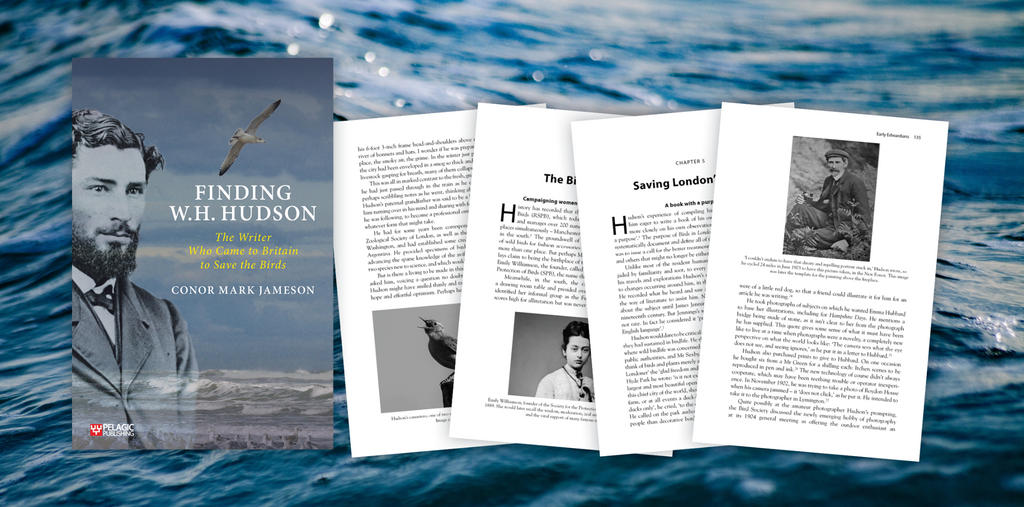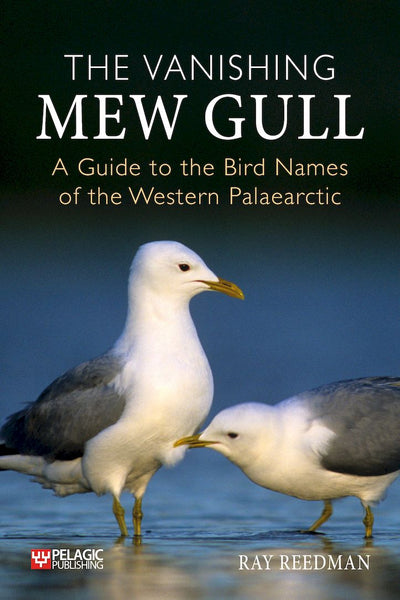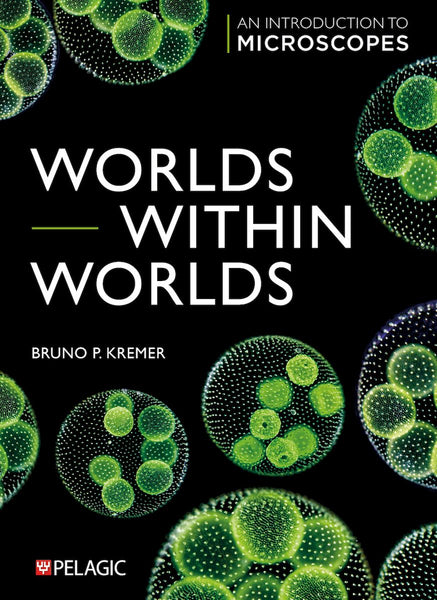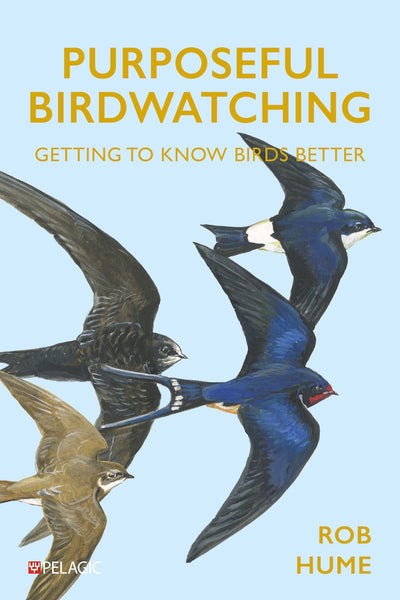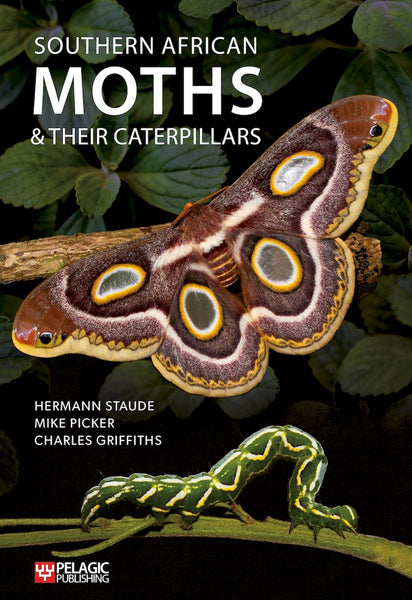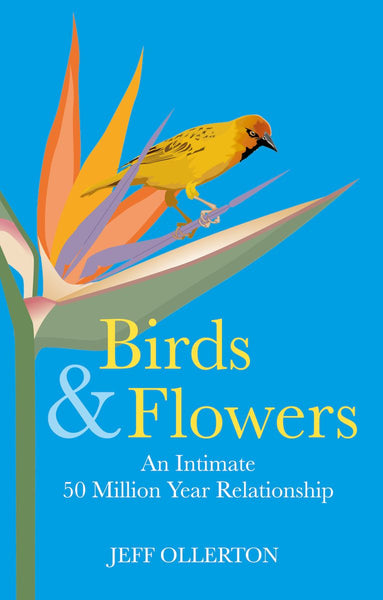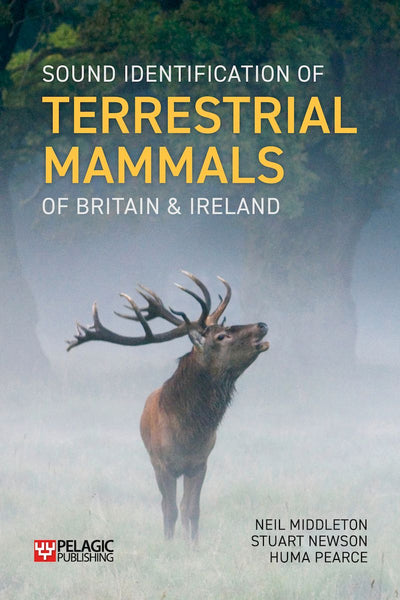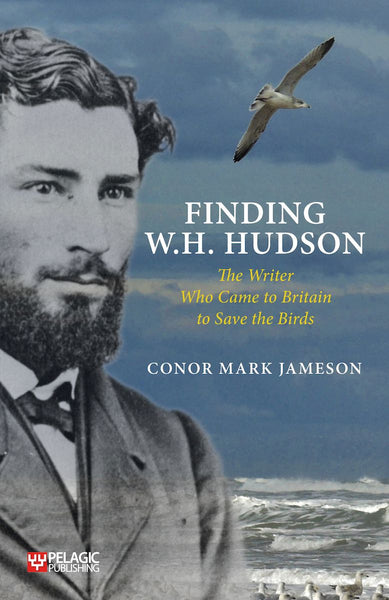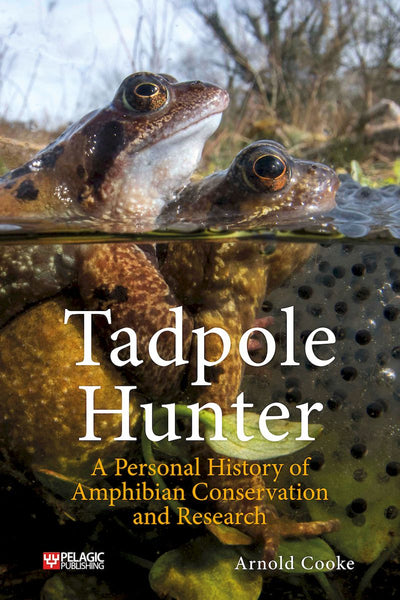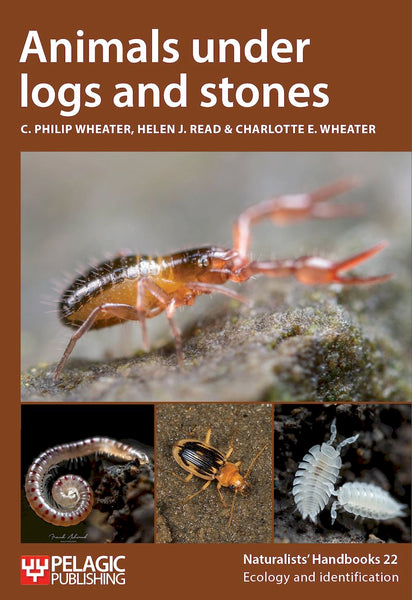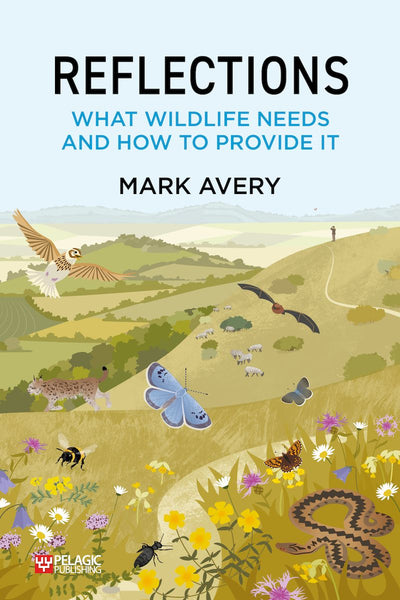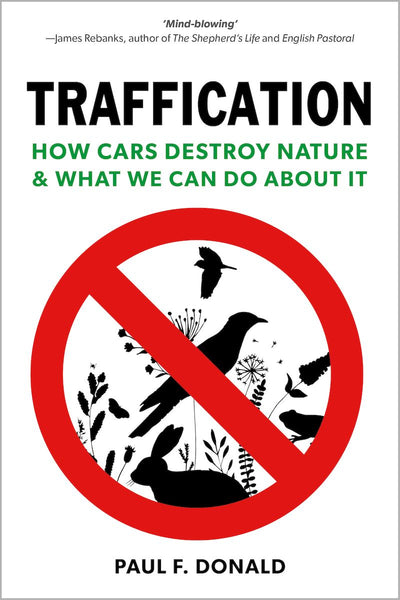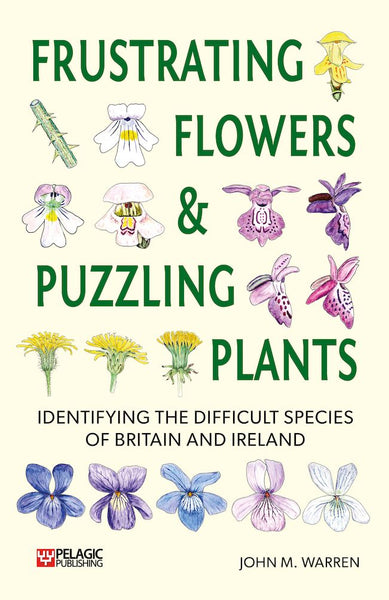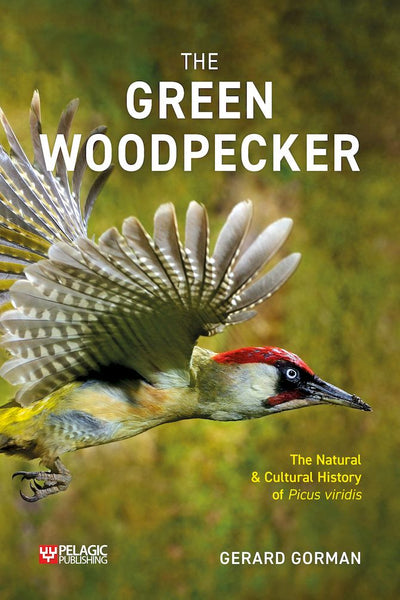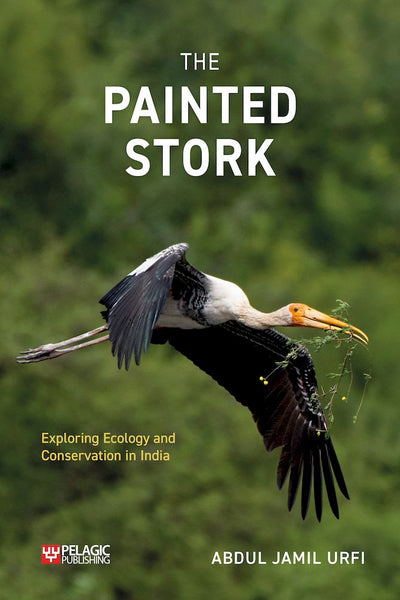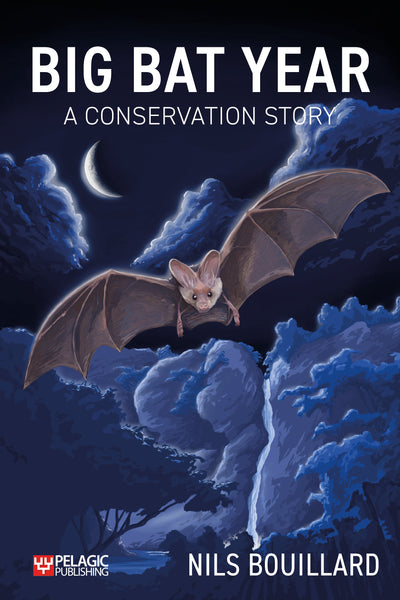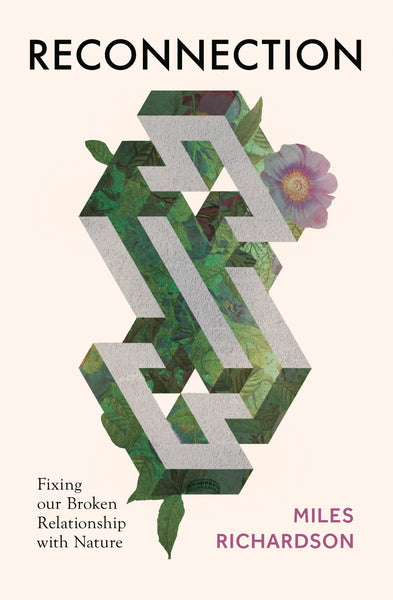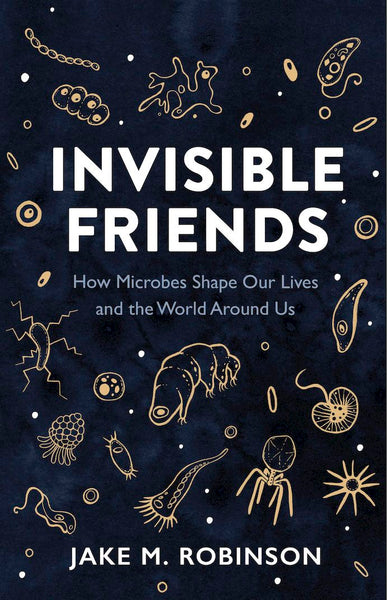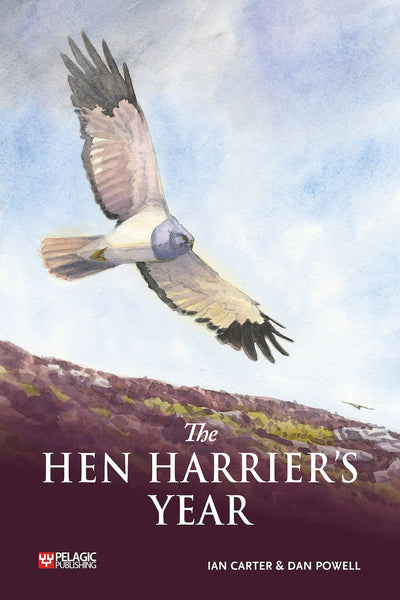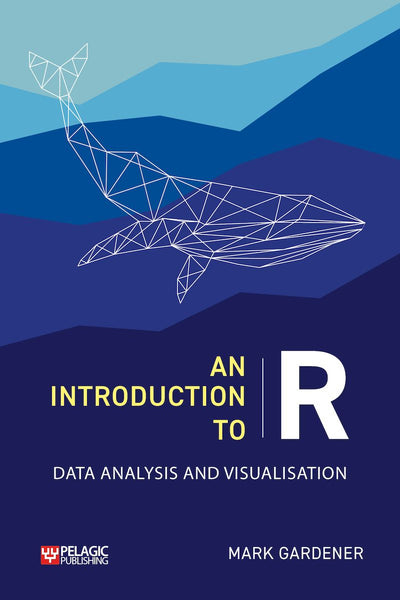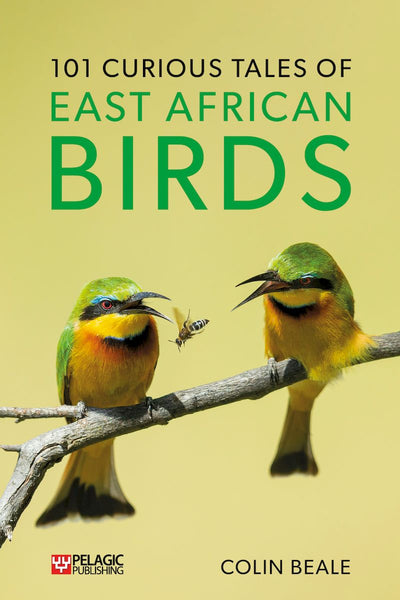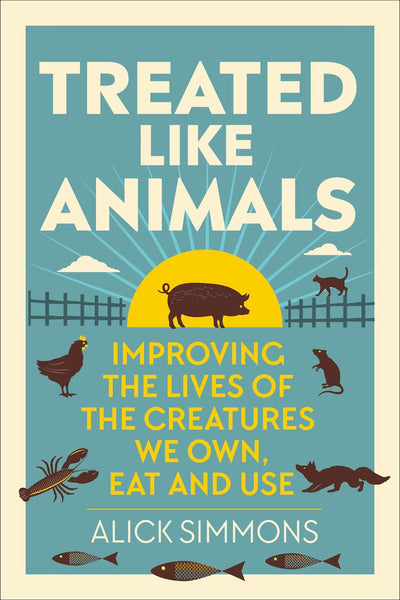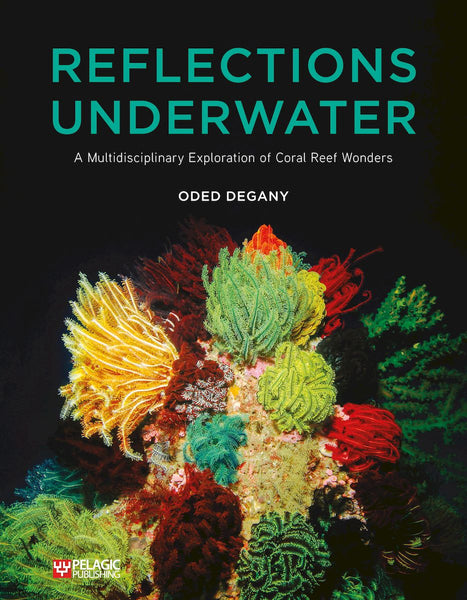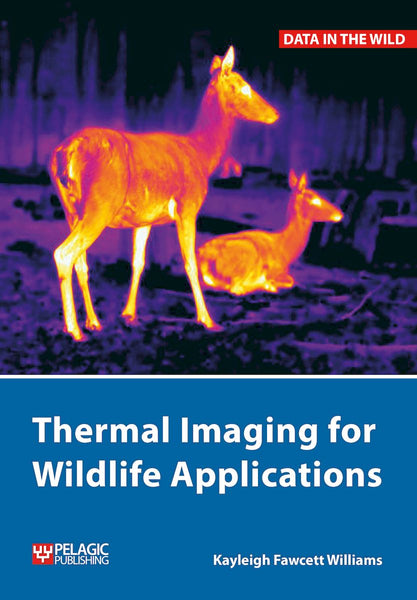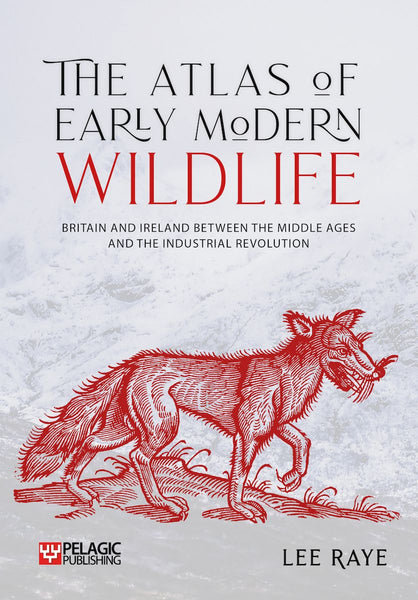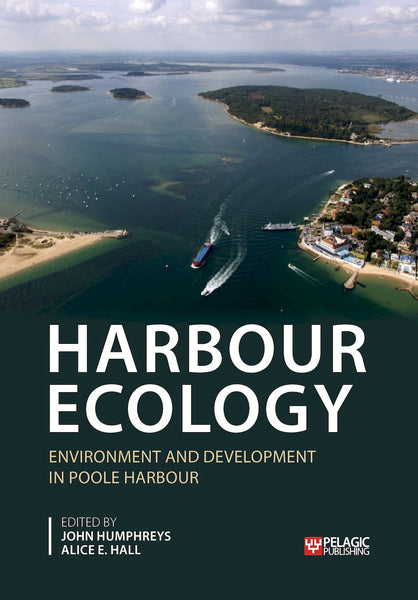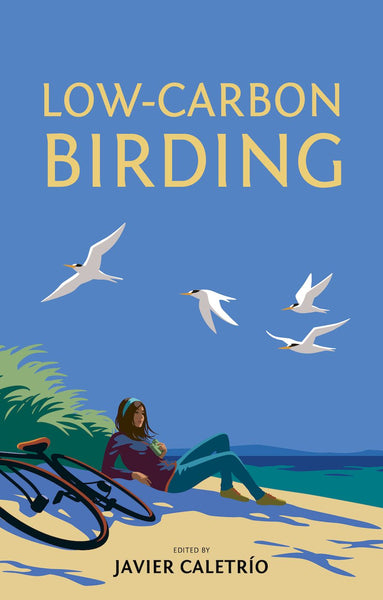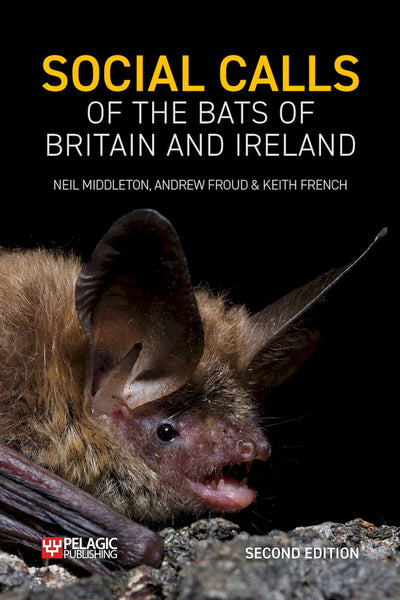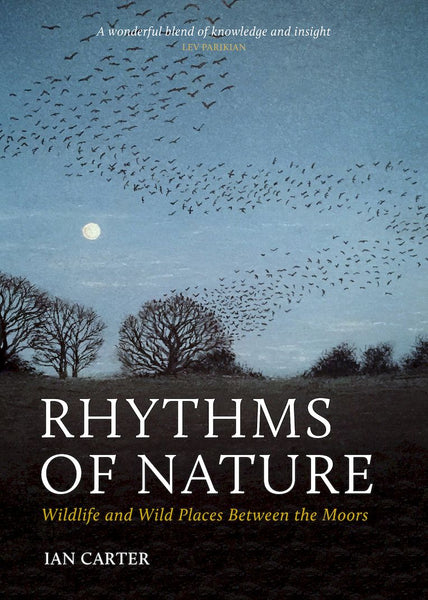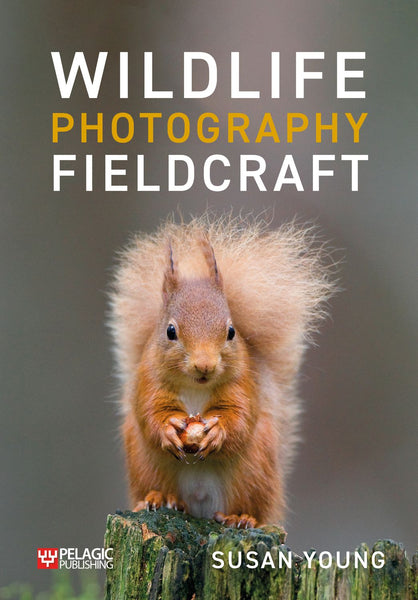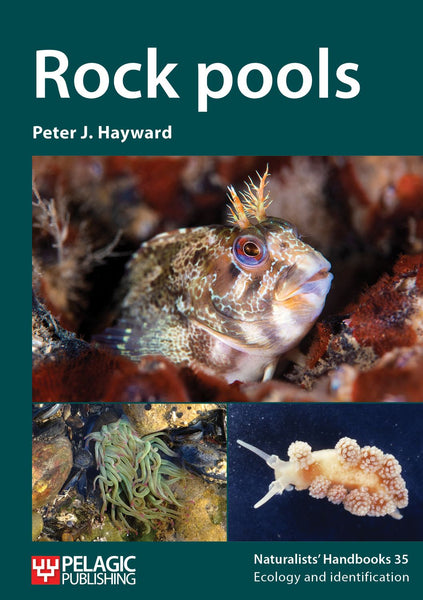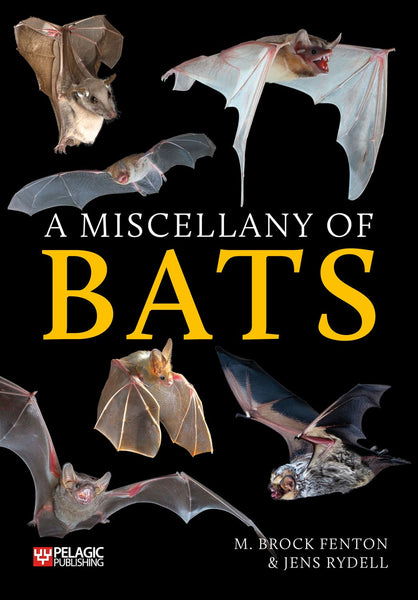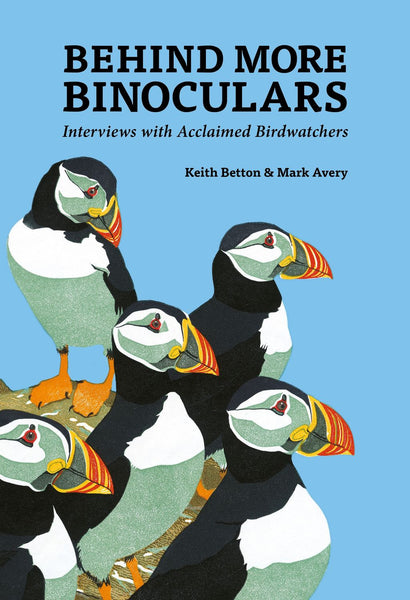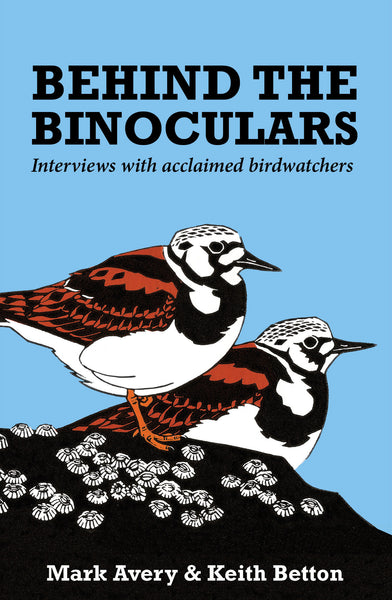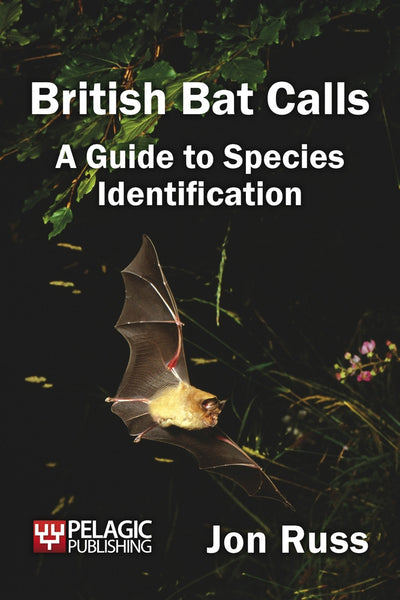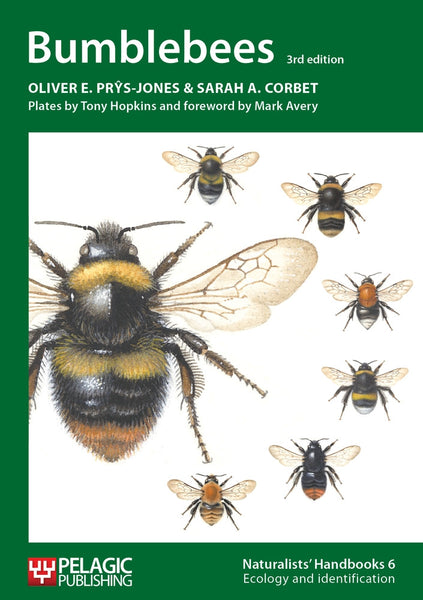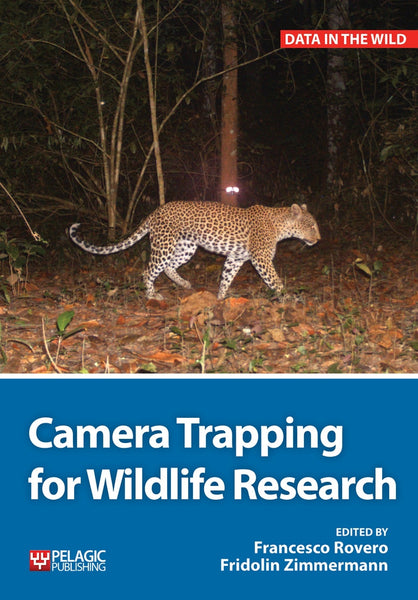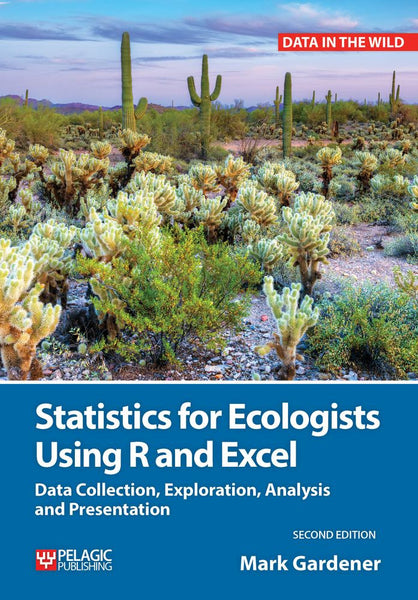Conor Mark Jameson talks to us about Finding W.H. Hudson and his mission to restore the voice of one of our most significant wildlife campaigners.
Firstly, could you tell us a little about your background and where your interest in the subject of W.H. Hudson began?
For most of the 25 years that I worked for the Royal Society for the Protection of Birds (RSPB), at The Lodge, Sandy, Bedfordshire, W.H. Hudson was just ‘the man above the fireplace’, looking back at the world from a painting: pensive, mute. Then I got to know him better.
A mission began to give him back his voice, to reanimate him. The more I found out about Hudson, the more perplexed I became that he had faded into obscurity. I have been puzzled by this lack of interest in Hudson. At times I have wondered what he did to deserve the obscurity, like there might be some terrible secret.
This has felt like a process of restoration. I have been particularly interested in piecing together the story of his work and relationships with the other early pioneers of conservation after he came to Britain age nearly 33, from his letters. I’ve enjoyed bringing what I know of natural history, campaigning and communicating science to the public to this mission.

Detail of the Hudson portrait by Frank Brooks that hangs above the fireplace at RSPB headquarters.
What was the biggest challenge you faced while writing the book?
To write a story that sticks faithfully to the evidence while having the narrative momentum of a novel. No life is a three-act play, as someone once said, but I think Hudson’s mission in Britain isn’t too far off.
Another challenge has been processing so much background information on Hudson and his associates and weaving it together. It has felt at times like a gigantic puzzle or matrix. Absorbing, and exhausting.
How did the title/sub-title come about – what’s the rationale?
We agreed we had to have ‘W.H. Hudson’, ‘Britain’ and ‘birds’ in the titles, so that was a constraint, and a sensible one I think (for search reasons, etc). The punchy title conveys the active search element of the story, the detective work, the puzzle-solving. The sub-title explains who Hudson was and in essence what he did, his life purpose as he himself might have put it. Hudson’s earlier life in South America has been well covered before, and his literature picked over by earlier experts in this area. I have focused on the untold story of his campaigning mission, which grew in intensity through his time here.
What about the cover?
This rare photo of the young Hudson captures his spirit and vision. The background setting I hope also conveys the global dimension, the trans-Atlantic emigrant part. Hudson was an outdoor naturalist, against the grain of the time. He liked his wildlife to be alive, like the gull above and beyond him. These elements are key.

Of the information that came to light during your research for the book, what surprised you the most?
There have been many revelations such as that the Bird Society as he called it – what we know as the RSPB today – first met in Notting Hill. Croydon meetings were a year or two later. It is well known I hope that simultaneously Emily Williamson was convening her group in Manchester.
Some people may be astonished at Hudson’s efforts for bird protection at county and national level, and for example London’s green spaces – he almost talked himself into court on more than one occasion. He spearheaded a campaign to save a big chunk of Kew – but no spoilers!
I have also been astonished by the famous names that Hudson knew, and the awe in which they all seem to have held him. And all this despite the social anxiety that he never fully overcame and his preference for spending time alone in nature, or in the humble homes of everyday rural folks.
What highlights would you pick out?
Visiting Argentina and Hudson’s natal home stands out, and speaking at the Argentine Embassy, as does giving a talk in the village in Wiltshire where he wrote his classic Shepherd’s Life. Being absorbed in Hudson’s largely unseen letters has been like sifting for precious gems and provided many ‘eureka’ moments. Inhabiting another life, in another time and place, is intense, and a little haunting. It has been a very diverting experience. It took me out of myself during these last few troubled years.

Hudson's birthplace and childhood home.
What advice would you give someone keen to know more about the history of conservation campaigning?
I hope that the book stimulates more interest in this, not least because I have so few people to talk to about it in any level of detail!
I’d point people to Hudson’s books, of course, the text of many of which are online, and earlier biographies, especially Ruth Tomalin (1982). Also, Tessa Boase’s Etta Lemon which weaves together the story of the plumage campaign with the campaign for votes for women. Only some propertied men had voting rights until 1918. Societal change rarely happens quickly, and the rights of people, animals and nature have had to be fought for bravely. I think it’s important to recognise and remember this, and to heed the lessons of history.
Discover more about Finding W.H. Hudson here
Discover more about Conor Mark Jameson here






